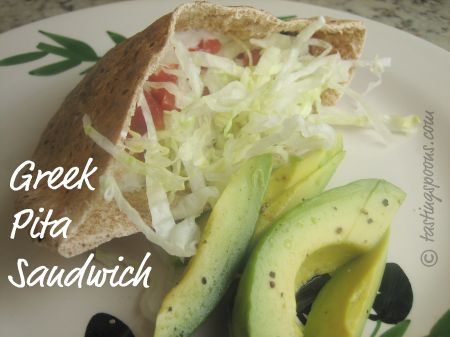
Back in the 1970’s, pita bread kind of appeared in West Coast restaurants. In fact, back then you couldn’t buy pita bread anywhere, but some restaurants did serve it. They didn’t sell the bread. So Sunset magazine did an article about it, with a recipe. Since I was a bread maker anyway, making pita didn’t intimidate me at all, and in fact I made them many times, back then. But I will admit, I had trouble with the bread opening up evenly – some parts would stick a bit. And if you couldn’t stuff the bread, well, what else could you do with them? So I had some waste.
It wasn’t long, though, before the grocery stores started carrying pita. And now we can buy whole wheat pita as well as regular. Even some flavored types on occasion as well.
Vividly I can remember, like Marcel Proust and his madeleines, the first lamb pita sandwich I had. It was a potluck at someone else’s home, and a couple I didn’t know brought lamb meatball pita sandwiches with a dark brown, rich, wine gravy to go with it. Oh my. It was so out of this world. Unfortunately for me, the guy was a chef, owned a restaurant (which I didn’t know), and was moderately offended when I asked if he’d share the recipe.
Ever since that day I’ve tried to find a recipe that would try to recreate that dish. I have tried lamb meatballs, attempted after the above incident, to figure out how to make them, and the sauce. Now I suspect it was probably an intense veal and red-wine stock that enriched the gravy.
So way back in 1973 I saw a steak pita sandwich recipe in Better Homes & Gardens (the magazine). Over the years I’ve changed it a little bit to try to make it as close to that meatball recipe as I could (but using steak instead of lamb). Marinating the sirloin steak (or a lamb steak) in a red wine-garlic-oregano mixture helps. Then you pan-fry the steak with the red onion until it’s barely done. Ahead of time you will have prepared the condiments (chopped tomato, lettuce, cucumber, and mixed the yogurt-sour cream sauce which contains some minced up green onions). Heat the pita if you’d like, but whenever I make this, the bread is back to room temp by the time you doctor up your pita with all the toppings and are ready to take your first bite.
This particular time I made it, I had some leftover rib eye steak. The steak was quite rare to start with, so I marinated the meat in the red wine-garlic mixture just as above, but when I sautéed it in the frying pan, I just barely cooked it, so the meat was warmed through, but still slightly pink when it was served. You could easily adapt this with leftover roast beef or roast lamb – just slice really thin pieces and marinate it in some red wine to give it moisture and heat it through. The original recipe didn’t serve cheese with it, but I have on occasion done so, but a typical Greek style would be crumbled Feta as another condiment, which I’ve also done, so that’s added into the recipe too. Feta may be Greek, but it might not be typical for this sandwich. I just like the texture and saltiness added to the combination.
printer-friendly PDF
Greek-Style Beef or Lamb Sandwiches
Recipe By: Adapted from Better Homes & Gardens, 1973
Serving Size: 4
NOTES: I prefer to marinate the meat for about 24 hours; you may also use flank steak for this, although then you definitely need to marinate the meat for 24 hours. You can also make this with LAMB steak, using same technique. The oregano is an important element in the marinade, so use ample (more if you like the herb).
MARINADE:
1/2 cup dry red wine
1 large garlic clove — minced
1/2 teaspoon oregano
1/2 teaspoon salt
1 dash black pepper
1/2 large red onion — thinly sliced
MEAT:
1 pound beef sirloin steak — 1/2″ thick, trimmed of visible fat
1 tablespoon butter
PITA & CONDIMENTS:
4 whole pita breads, whole-wheat
3 cups lettuce — shredded
1 cup fresh tomato — diced
1/2 cup Feta cheese, crumbled
1 cup cucumber — diced
1/2 cup low-fat sour cream
1/2 cup yogurt — plain
2 tablespoons green onion — minced
1. In a sturdy, sealable plastic bag combine the wine, oil, garlic, oregano, onion and salt & pepper. Cut the steak into strips about 2 inches long and 1/4 inch wide. Allow to marinate for about an hour at room temperature. If marinating for longer period, refrigerate it.
2. Combine the low-fat sour cream and yogurt, with minced green onions and allow to sit in refrigerator for several hours.
3. Remove the meat and onion from the marinade and dry on paper towels. Melt the one T. of butter in a hot pan and cook the meat, a little bit at a time (so it doesn’t steam rather than brown), stirring to brown all sides. Keep meat hot while preparing the remaining meat. Add the red onion and sauté until all the onion is wilted, but not mushy.
3. Have small bowls ready into which you put the lettuce, tomatoes, cucumber, Feta and the sour cream and yogurt mixture.
4. As chef, you can add the meat to each pita and then serve condiments for people to add as they wish. Or just pass everything.
Per Serving: 554 Calories; 23g Fat (38.4% calories from fat); 36g Protein; 47g Carbohydrate; 7g Dietary Fiber; 101mg Cholesterol; 777mg Sodium.






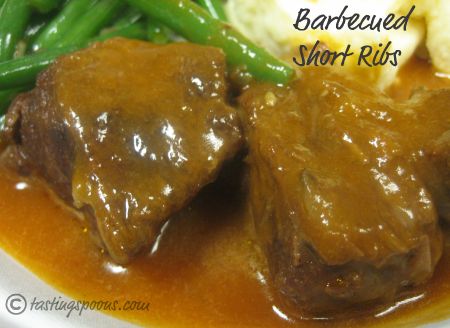
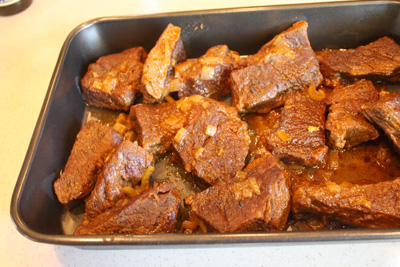
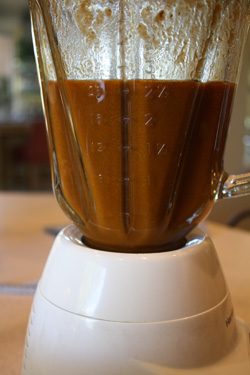
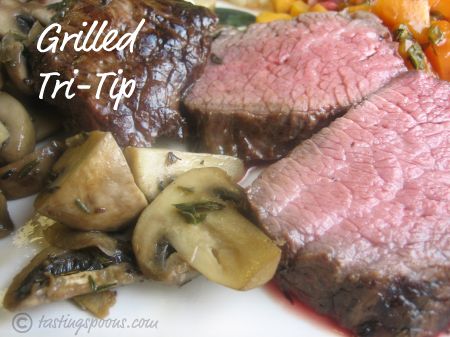
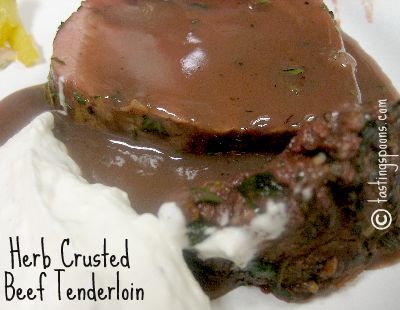
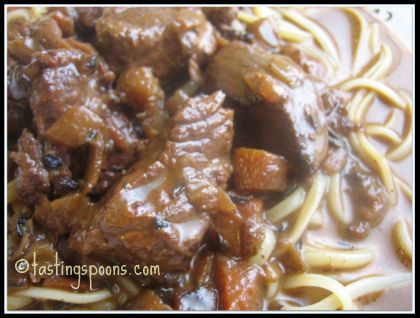
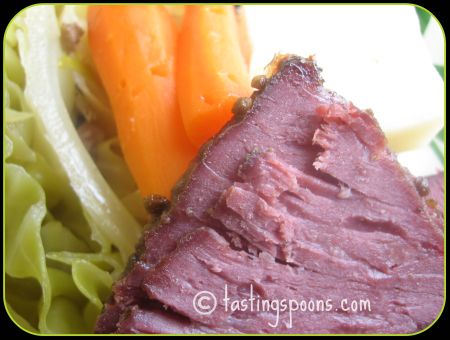
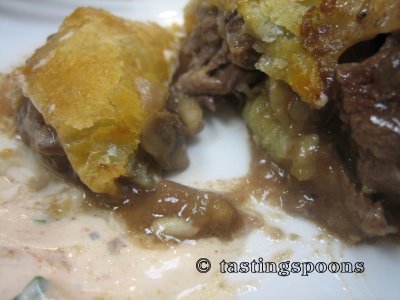
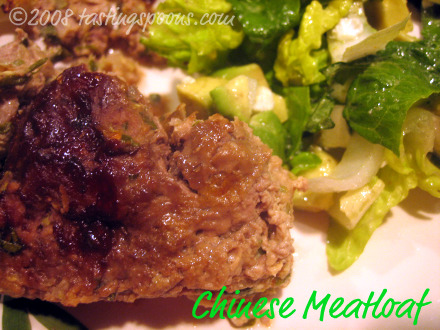
Leave a Comment!